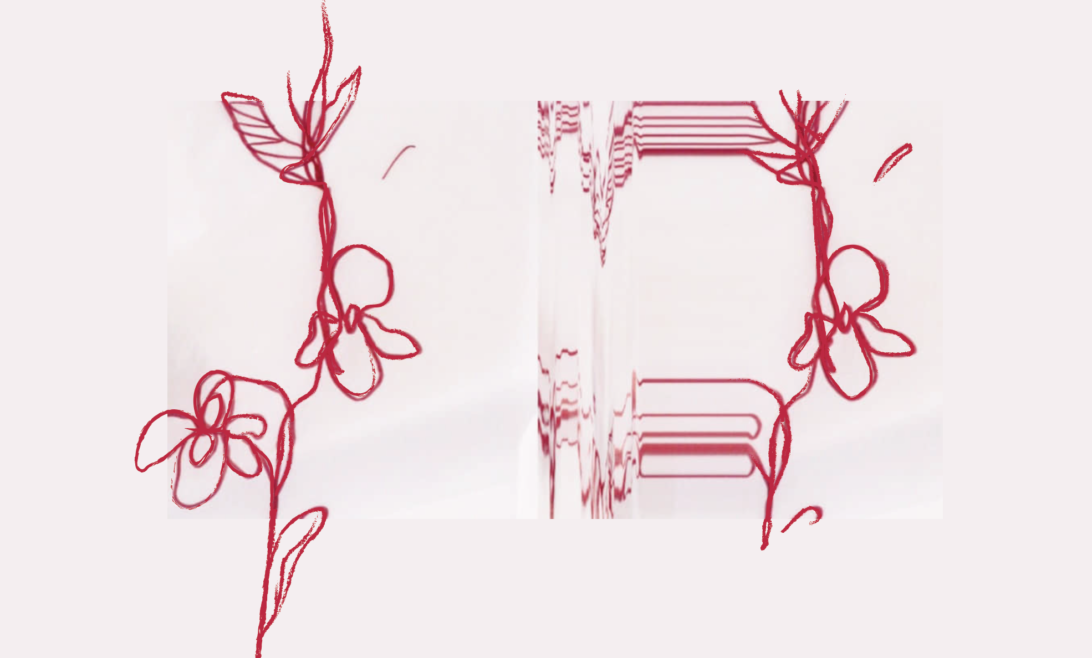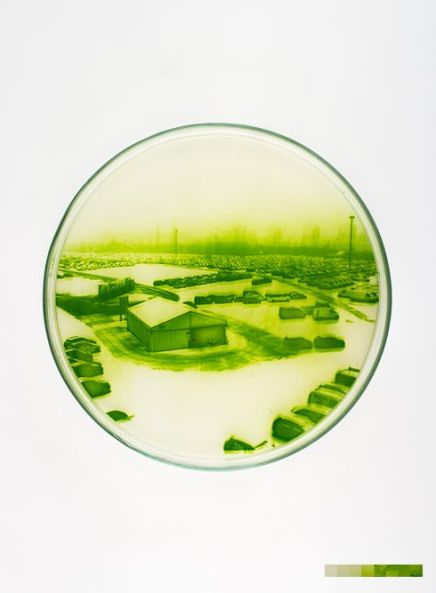««««««« Post under construction »»»»»»»
LIVING CANVAS / ITP MICROBIOTA MAP
I approached Eric Rosenthal this week with my project or at least the little pieces of it that made sense. I’m struggling to not only create a coherent project but a meaningful one for me. I think he noticed this struggle and at the end of our conversation, he encouraged me to take the path that felt right. I really appreciated his word and feedback, I came out of his office a little more confused than before but in a good way.
If my point Is to make the invisible visible. What exactly is the invisible? The bacteria itself? The colonies? The flowing? All of these are invisible. If the purpose is this project is to change the way we respond to the “ick” factor bacteria has and create new ways of representing this microorganism. How can I accomplish that?
Eric made some fair points. Somehow I was married to the idea that if I wanted to study and expose the microbiota, especially the one that as ITPiers we shared, I needed to sample the bacteria in Petri dishes, map it and graph it. But it had several implications, like the fact that ITP is not a controlled area to take measures that should be taken in a much more controlled environment; that there are other ways to see that it’s not a biohazard. Also, that seeing it is not enough.


I want to continue with “there is no love without shared microbiota” and explore it in ITP as a community, as one massive creature that breathes, moves and code. While looking at ways to make connections I remember the original wood pieces that belonged for so many years to our floor. Now framed as tokens of remembrance of those days, each day passes and we are closer to our new Brooklyn floor. Why not exploring this cohabitation as something that is very much alive in constant fluctuation. I’m interested in the visual approach as well as the material possibilities to map the impact that our presence as individuals and as a group can have in a space. How alive is it?
















